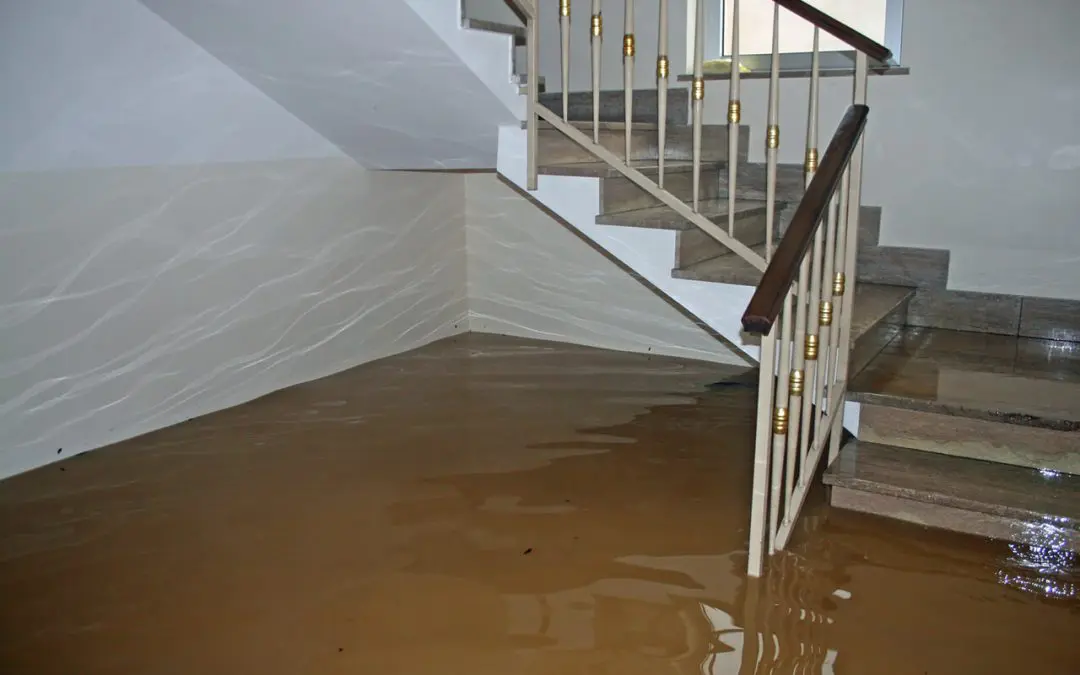Water damage is a big inconvenience and expense for any homeowner. Not only can it cause structural problems, but it is a serious health and safety concern if left unattended for too long. When you notice any type of residential water damage, take these important steps to deal with it immediately.
Assess the Damage and Clean Up Residential Water Damage
If you have residential water damage due to flooding from a burst pipe or broken water heater, the first thing you need to do is shut off the water source. If you don’t know where the water is coming from, contact a plumber as soon as possible.
If you have a major flood, you’ll also want to shut off the power to prevent electrocution. It’s best to contact an electrician if you’re going to have to stand in water in order to turn off anything.
Once you’ve eliminated any safety hazards and stopped the flow of water, evaluate what kind of damage has been done and take lots of pictures to send to your insurance company. This is also a good time to start locating all of your valuable items and putting them in a safe place to avoid further damage.
When you’ve determined it’s safe to do so, the next step in the cleanup process is to pump out the water. Make sure you have the proper protective gear and place your pump at the lowest part of the floor for the best results. If there’s not a lot of water, you may be able to clean it up with a wet-dry shop vacuum. Let everything dry out completely with fans before deep cleaning the area.
Get Rid of Mold and Mildew
Mold often grows after residential water damage has occurred. Sometimes it’s easy to spot mold growth, but it can also grow in places that are not visible, like air ducts, between walls, or underneath the flooring. Hire a professional inspector who specializes in mold perform a mold inspection.
If you don’t find any mold, take steps to prevent it from forming. Dry everything out by removing all wet items from your home and opening the windows if the air outside is not humid. You can also set up multiple fans to help circulate air.
Once you’ve dried everything out, deep clean and disinfect the home. If you find mold on carpets or other pieces of fabric, remove them from the home immediately. If there’s damage to your ceiling or walls, you’ll likely need to remove the drywall and the insulation to properly dry it out. If you’re not comfortable doing this yourself, hire a professional.
Stop cleaning if you begin experiencing symptoms of mold exposure. These can include breathing problems, eye irritation, bloody nose, headaches, congestion, and rashes. If you’re dealing with a very large amount of mold, it’s best to consult with a professional so it can be removed properly and safely.
Take Steps to Avoid Future Residential Water Damage
After cleaning up residential water damage once, you won’t want to go through it again. Once you’ve dried out and cleaned your home, work to waterproof your home.
Continue to check for any structural damage after cleanup. If you notice any leaks, cracks, loose shingles, or anything else concerning, be sure to consult with a professional to get the issue fixed as soon as possible.
If the residential water damage was caused by a leaking pipe or appliance, contact a plumber to fix it to avoid further damage.
Contact Your Insurance Company
File a claim with your insurance company. During this process, take detailed notes and plenty of photographs to document the damage. Save any receipts of purchases you made to clean up or repair damaged areas. If you don’t have flood insurance as part of your homeowners insurance, it is a good idea to add this to your policy.
If you are in northern New Jersey, contact HomeVantage Home Inspections to schedule a mold inspection or any of our other inspection services.

